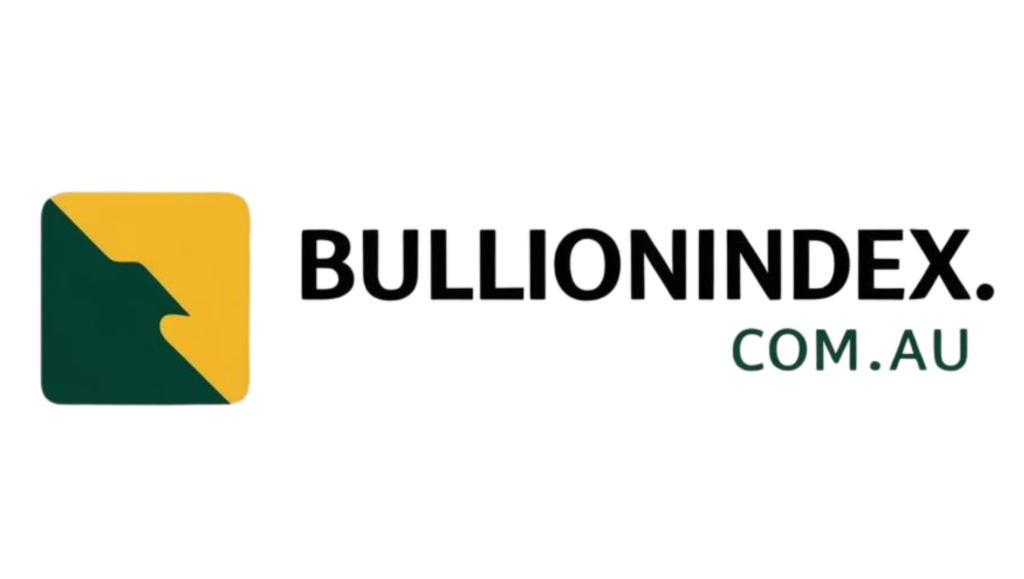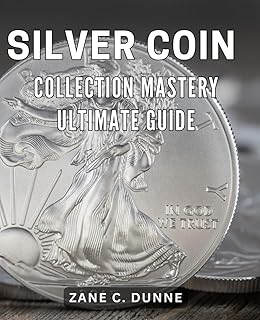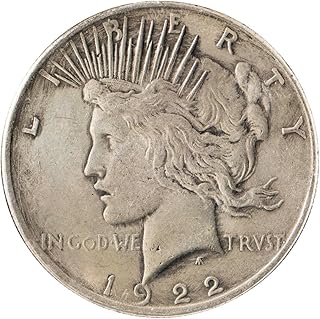As the sun rose on September 19, 2025, the price of silver stood at $42.05 per ounce, marking a modest increase of 0.42% within a day and an impressive 39% surge over the past year. Silver, often overshadowed by the stock market in terms of long-term returns, has historically lagged behind the S&P 500 by a significant margin since 1921.
Silver’s allure lies in its ability to act as a hedge against inflation, serving as a reliable store of value when economic uncertainties loom large. Unlike gold, which is widely regarded as a safe-haven asset, silver’s price dynamics are more closely tied to its industrial applications in electronics, medicine, and other sectors.
Understanding the concept of “spot silver” is key for investors, as it represents the real-time price at which silver can be promptly bought or sold. The price spread, which denotes the difference between buying and selling prices, serves as a crucial indicator of market demand, with narrower spreads signaling heightened interest in silver trading.
Investing in silver can take various forms, from physical ownership of bullion bars and coins to indirect exposure through mining stocks or exchange-traded funds (ETFs). ETFs offer a convenient way to invest in silver without the hassle of storage and insurance responsibilities, making them a popular choice among investors seeking exposure to the precious metal.
In 2025, silver has seen a remarkable rally, surging nearly 25% and reaching levels not seen in a decade. While the decision to invest in silver hinges on individual goals and market intuition, the metal’s potential to hedge against inflation and benefit from increasing industrial demand, particularly in green technologies, has captured the attention of investors.
When compared to other precious metals like gold, platinum, and palladium, silver’s lower price point and recent price performance make it an attractive option for investors looking to diversify their portfolios with precious metals. While gold remains a stalwart safe-haven asset, silver’s volatility and potential for further gains in 2025 have positioned it favorably among investors.
Financial advisors typically recommend allocating a modest portion of one’s portfolio, around 10% to 15%, to silver, with an overall cap on precious metals exposure at approximately 20%. Silver can also be held in an Individual Retirement Account (IRA), provided the bars and coins meet the IRS standards for purity and are held by an approved custodian.
In 2025, the upward trajectory of silver prices can be attributed to a combination of supply constraints and growing demand, both from industrial users and investors seeking to diversify their portfolios. The scarcity of silver supply, coupled with its versatile applications across various industries, has contributed to its upward momentum in the market.
As investors navigate the complex terrain of financial markets, the allure of precious metals like silver continues to shine bright, offering a potential hedge against economic uncertainties and a pathway to diversification. With silver’s recent price performance and anticipated strength in the market, investors have a range of investment options to explore, from physical ownership to ETFs and mining stocks, as they position themselves for potential gains in the silver market.
📰 Related Articles
- Silver’s Surging Value Sparks Investor Interest in Precious Metals
- Silver Coins’ Value Surges Amid Economic Uncertainties
- Victoria’s Secret Forecasts Decline Amid Economic Uncertainties
- Small Businesses Struggle as Costs Surge Amid Economic Uncertainties
- Silver Bullion Coins: Affordable Investment Option Amid Economic Uncertainties






